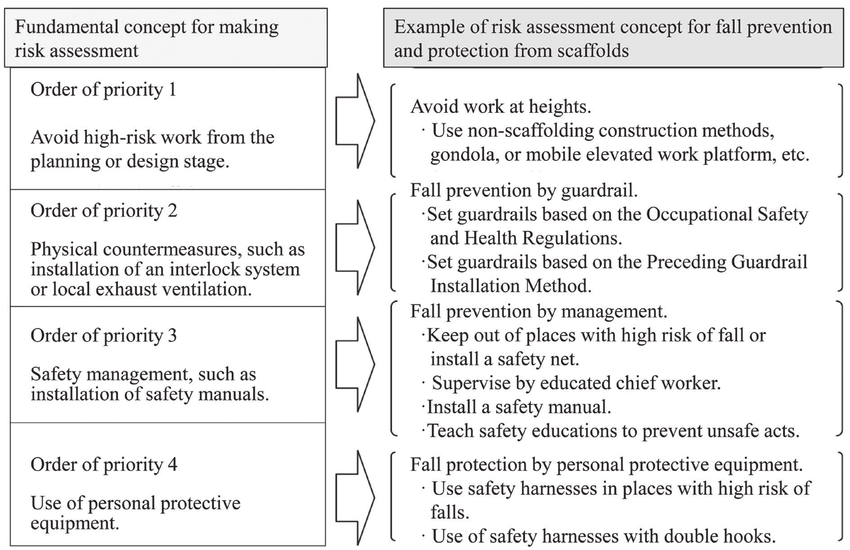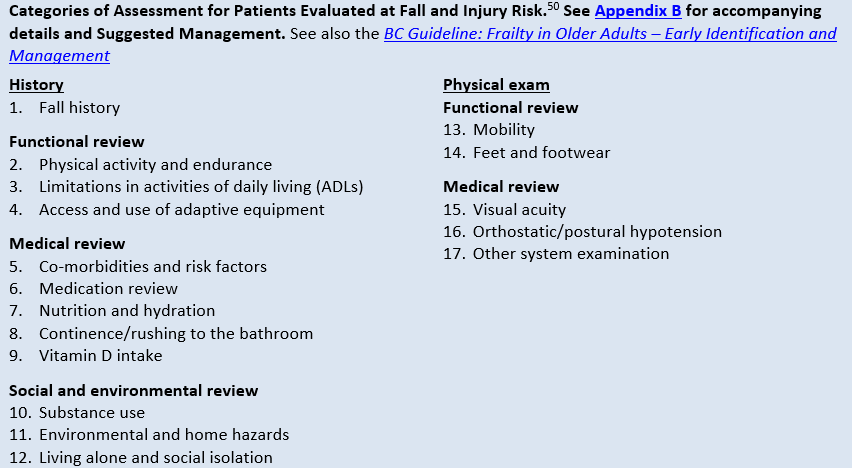Some Ideas on Dementia Fall Risk You Need To Know
Some Ideas on Dementia Fall Risk You Need To Know
Blog Article
Some Ideas on Dementia Fall Risk You Should Know
Table of ContentsDementia Fall Risk for BeginnersSome Known Questions About Dementia Fall Risk.Rumored Buzz on Dementia Fall RiskOur Dementia Fall Risk Ideas
An autumn risk analysis checks to see how most likely it is that you will certainly fall. It is mainly done for older grownups. The assessment normally includes: This consists of a collection of questions regarding your general health and if you have actually had previous drops or issues with equilibrium, standing, and/or strolling. These devices test your stamina, equilibrium, and gait (the way you walk).STEADI consists of screening, analyzing, and intervention. Treatments are referrals that might reduce your risk of falling. STEADI includes three steps: you for your risk of falling for your danger aspects that can be boosted to attempt to stop drops (as an example, equilibrium troubles, damaged vision) to minimize your danger of falling by making use of effective techniques (as an example, supplying education and learning and resources), you may be asked a number of questions including: Have you fallen in the previous year? Do you really feel unstable when standing or walking? Are you stressed over falling?, your company will certainly evaluate your strength, balance, and stride, utilizing the complying with fall assessment devices: This examination checks your gait.
Then you'll take a seat once again. Your copyright will examine the length of time it takes you to do this. If it takes you 12 seconds or even more, it may suggest you are at greater risk for a loss. This test checks strength and balance. You'll being in a chair with your arms went across over your breast.
The settings will certainly obtain tougher as you go. Stand with your feet side-by-side. Relocate one foot halfway ahead, so the instep is touching the huge toe of your other foot. Move one foot totally before the various other, so the toes are touching the heel of your other foot.
8 Easy Facts About Dementia Fall Risk Described
Many falls occur as an outcome of multiple contributing elements; for that reason, handling the threat of dropping begins with recognizing the variables that contribute to fall risk - Dementia Fall Risk. Some of one of the most pertinent danger elements consist of: Background of prior fallsChronic clinical conditionsAcute illnessImpaired gait and equilibrium, reduced extremity weaknessCognitive impairmentChanges in visionCertain risky drugs and polypharmacyEnvironmental elements can likewise enhance the risk for drops, consisting of: Poor lightingUneven or damaged flooringWet or unsafe floorsMissing or harmed hand rails and get barsDamaged or improperly equipped equipment, such as beds, wheelchairs, or walkersImproper use assistive devicesInadequate guidance of individuals staying in the NF, consisting of those who show hostile behaviorsA successful loss risk management program needs a detailed professional evaluation, with input from all participants of the interdisciplinary team

The care strategy ought to additionally include treatments that are system-based, such as those that promote a safe atmosphere (appropriate lights, handrails, order bars, and so on). The efficiency of the treatments should be assessed occasionally, and the care strategy modified as needed to reflect adjustments in the autumn threat evaluation. Executing an autumn danger monitoring system utilizing evidence-based best technique can decrease the frequency of drops in the NF, while limiting the possibility for fall-related injuries.
The Main Principles Of Dementia Fall Risk
The AGS/BGS standard recommends evaluating all grownups aged 65 years and older for fall threat each year. This screening includes asking patients whether they have actually dropped 2 or more times in the past year or sought medical interest for a loss, or, if they have actually not dropped, whether they feel unstable when strolling.
Individuals that have actually fallen as soon as without injury should have their equilibrium and stride evaluated; those with stride or balance irregularities must get extra evaluation. A background of 1 fall without injury website here and without gait or balance issues does not warrant more analysis past ongoing annual fall risk his comment is here testing. Dementia Fall Risk. A loss threat analysis is required as part of the Welcome to Medicare evaluation

Not known Factual Statements About Dementia Fall Risk
Recording a falls history is one of the quality signs for autumn prevention and management. copyright look at here now drugs in specific are independent forecasters of drops.
Postural hypotension can typically be alleviated by lowering the dosage of blood pressurelowering medicines and/or quiting drugs that have orthostatic hypotension as a side result. Use of above-the-knee assistance hose and copulating the head of the bed raised might additionally decrease postural reductions in high blood pressure. The advisable components of a fall-focused physical examination are received Box 1.

A TUG time above or equivalent to 12 seconds suggests high loss threat. The 30-Second Chair Stand examination analyzes reduced extremity stamina and balance. Being unable to stand from a chair of knee height without using one's arms indicates raised loss threat. The 4-Stage Equilibrium examination examines static balance by having the patient stand in 4 positions, each progressively more tough.
Report this page